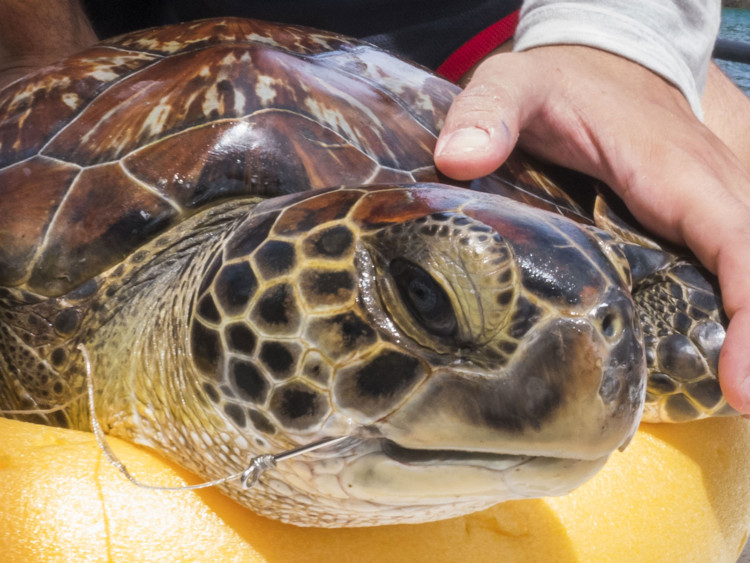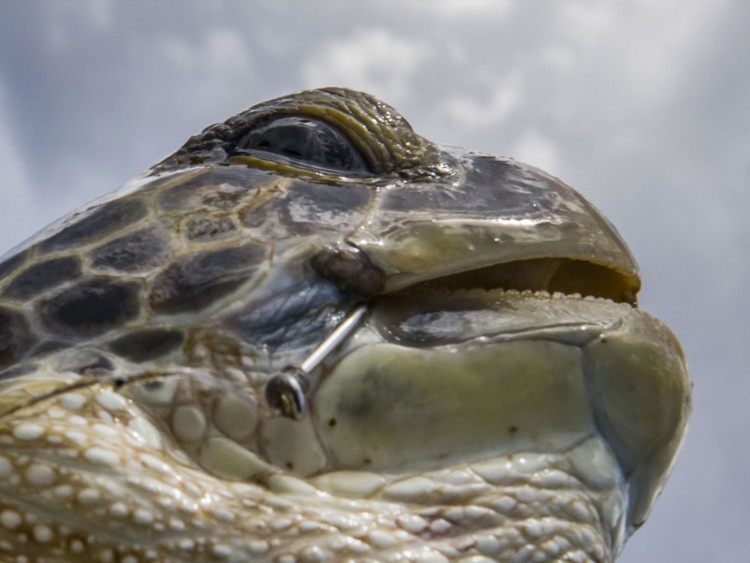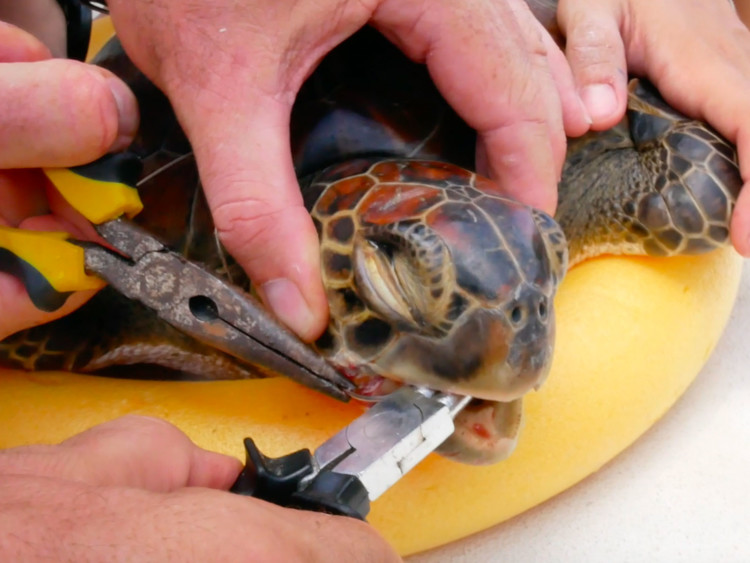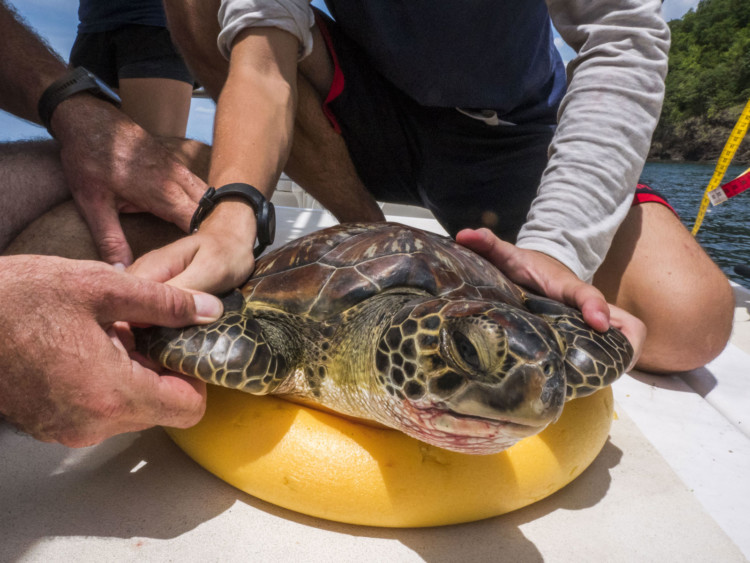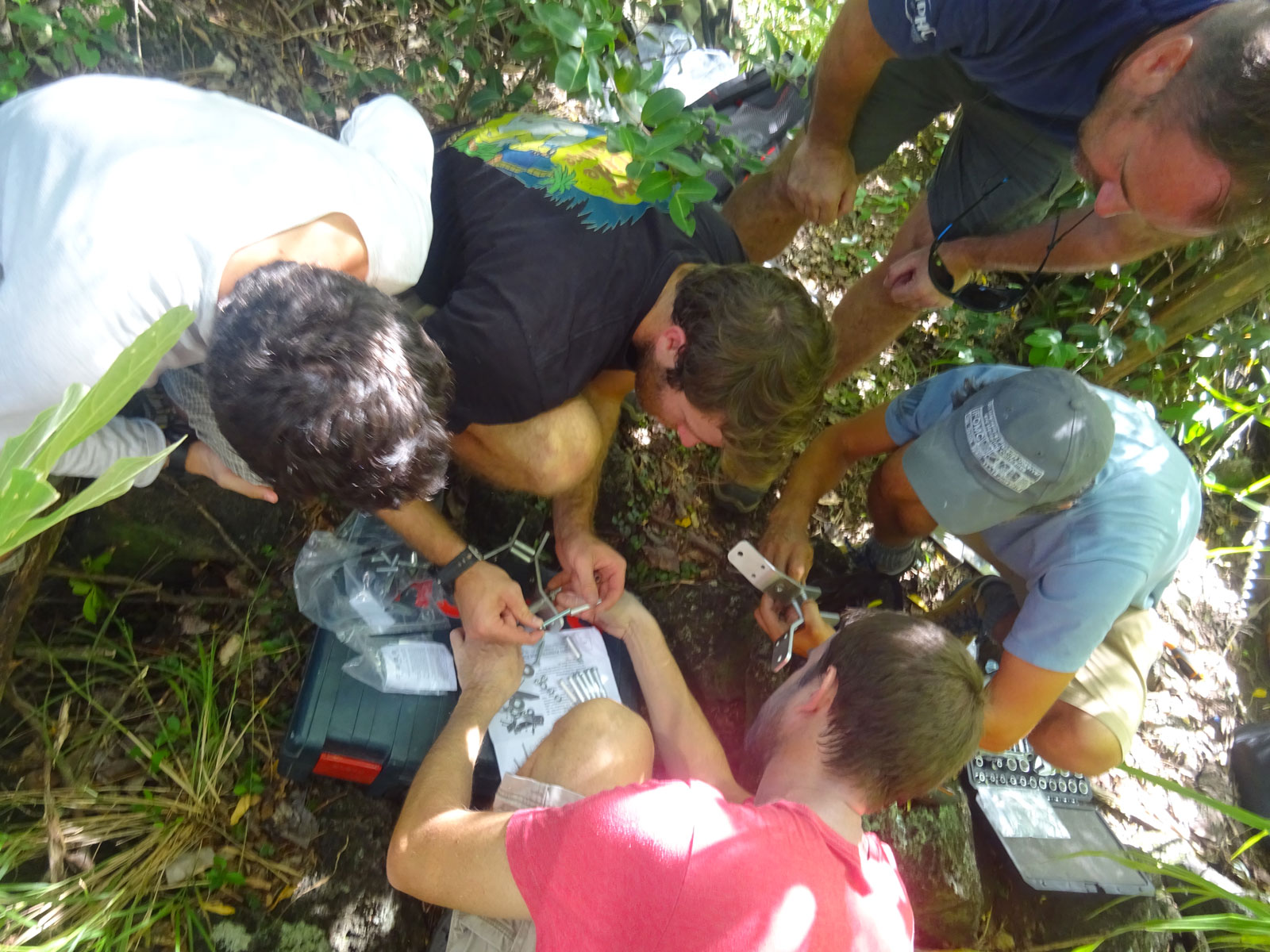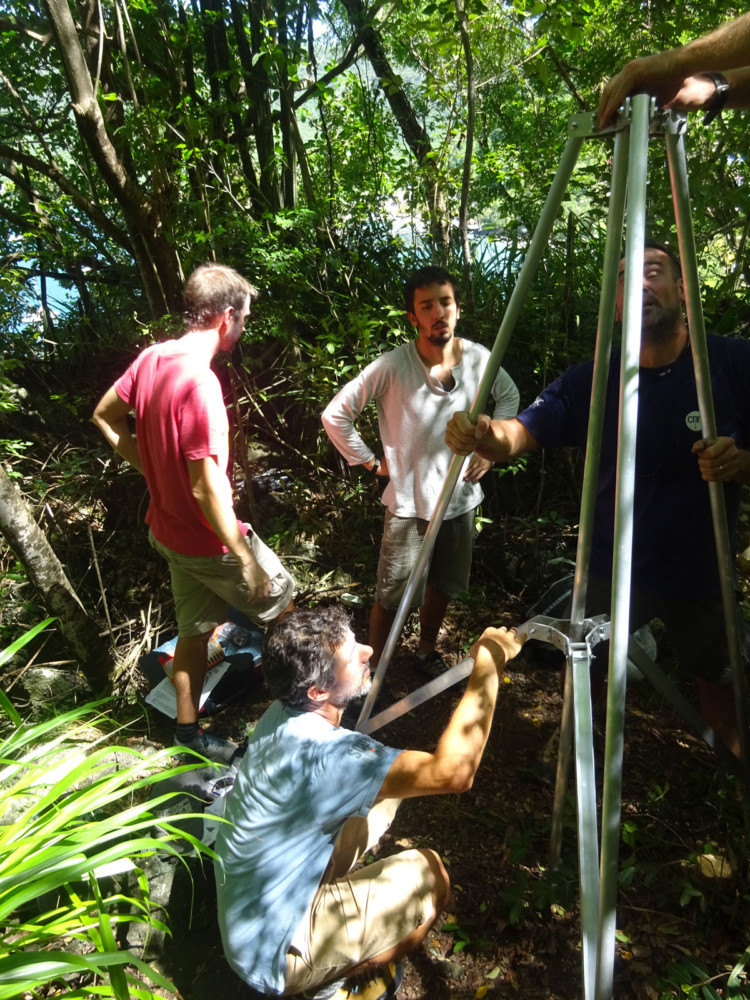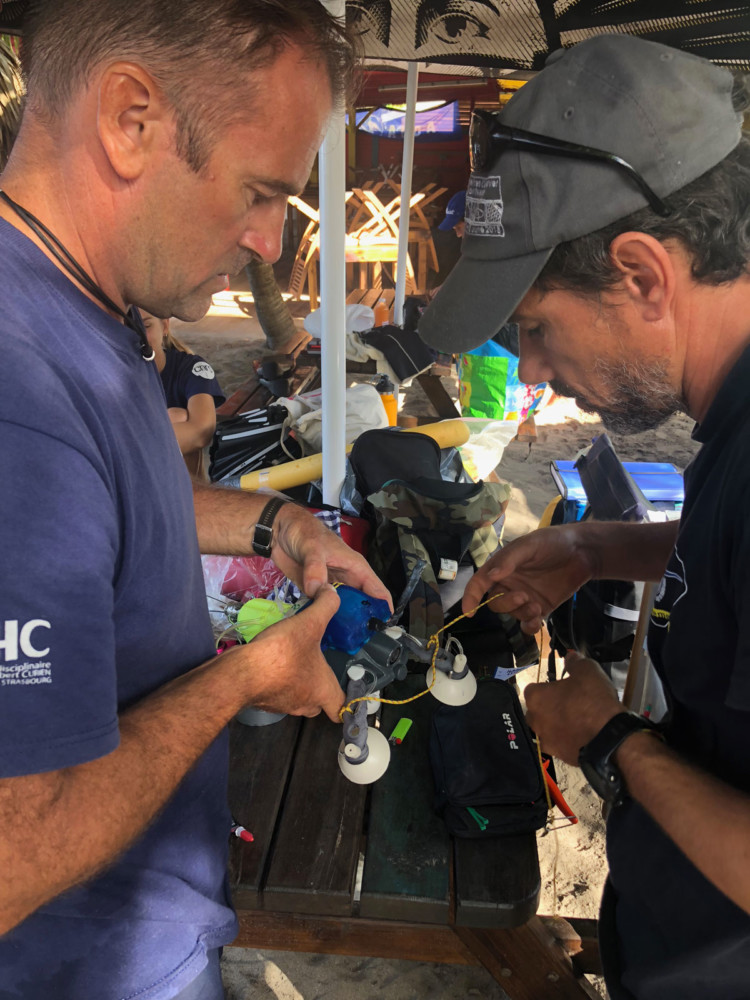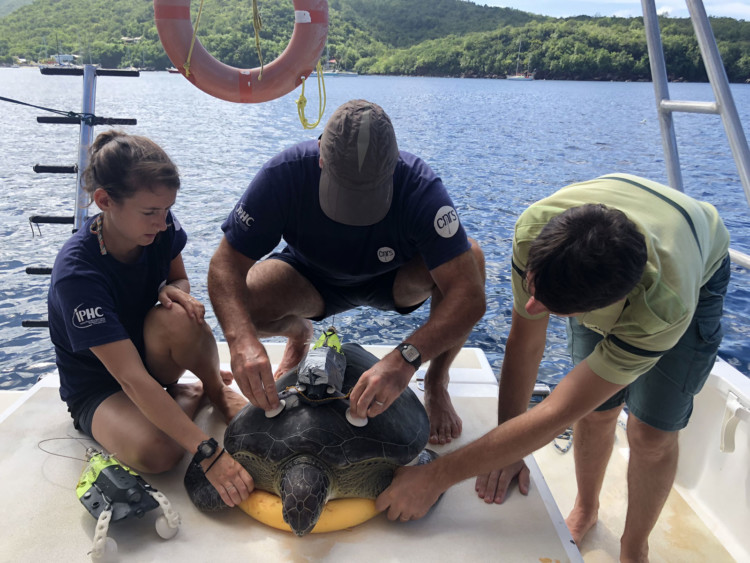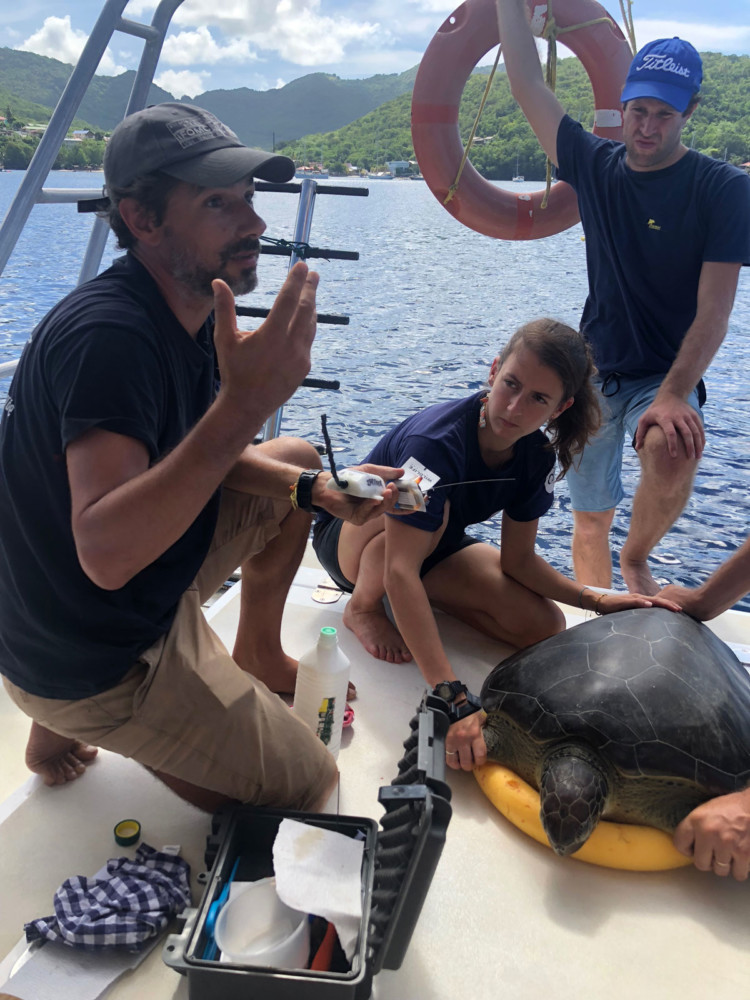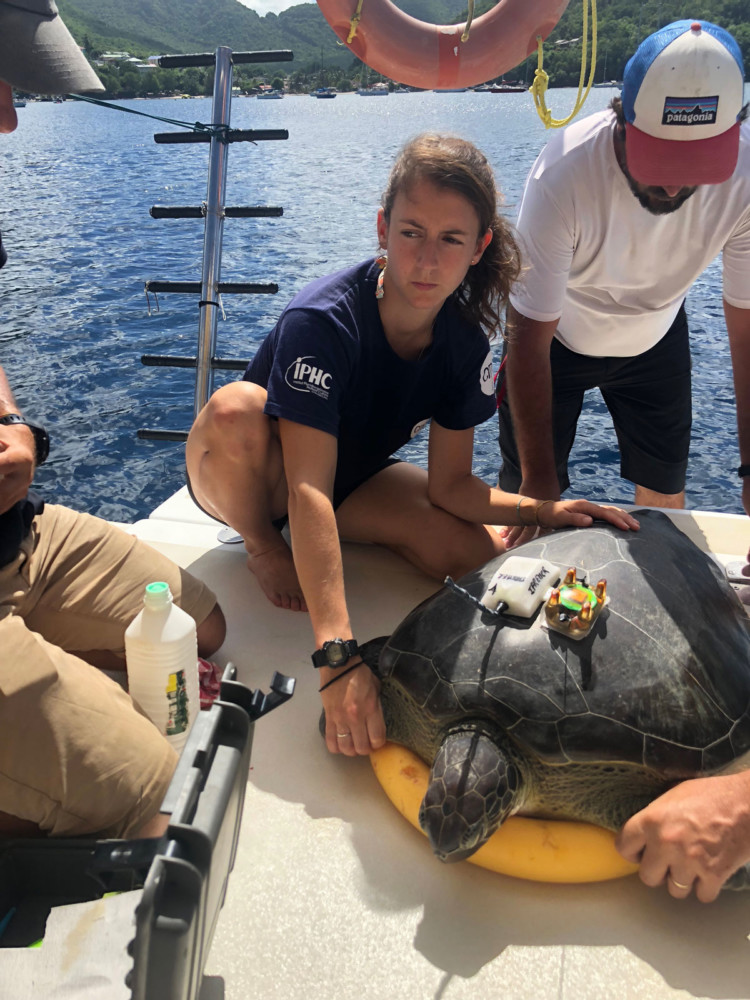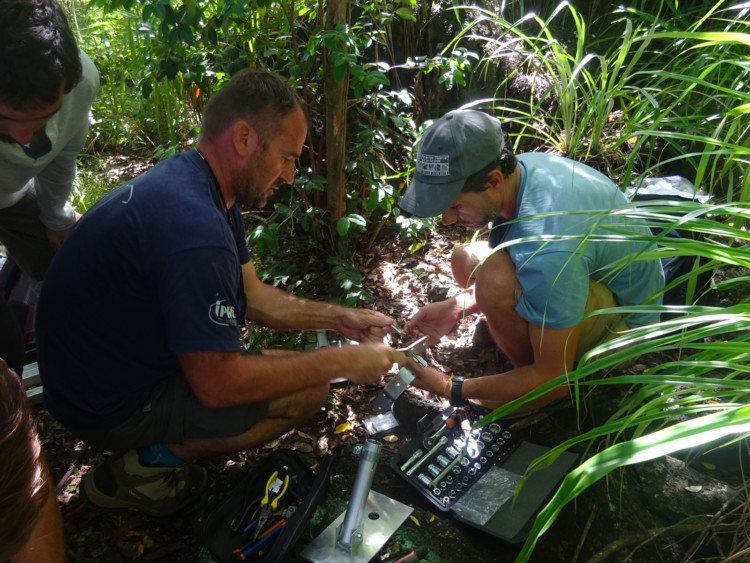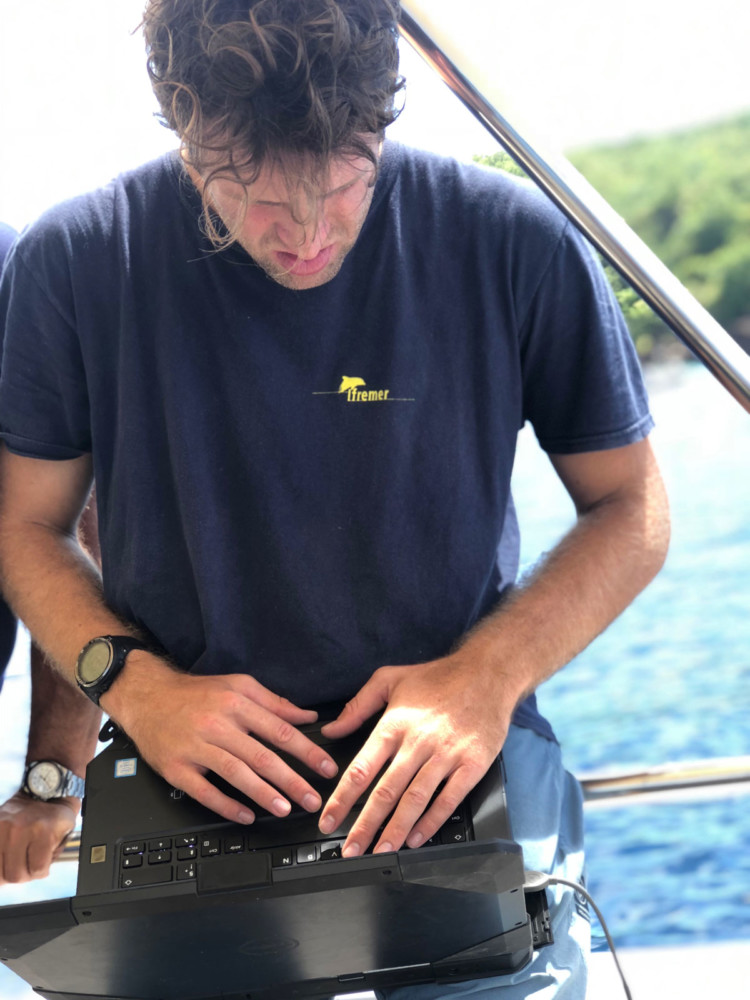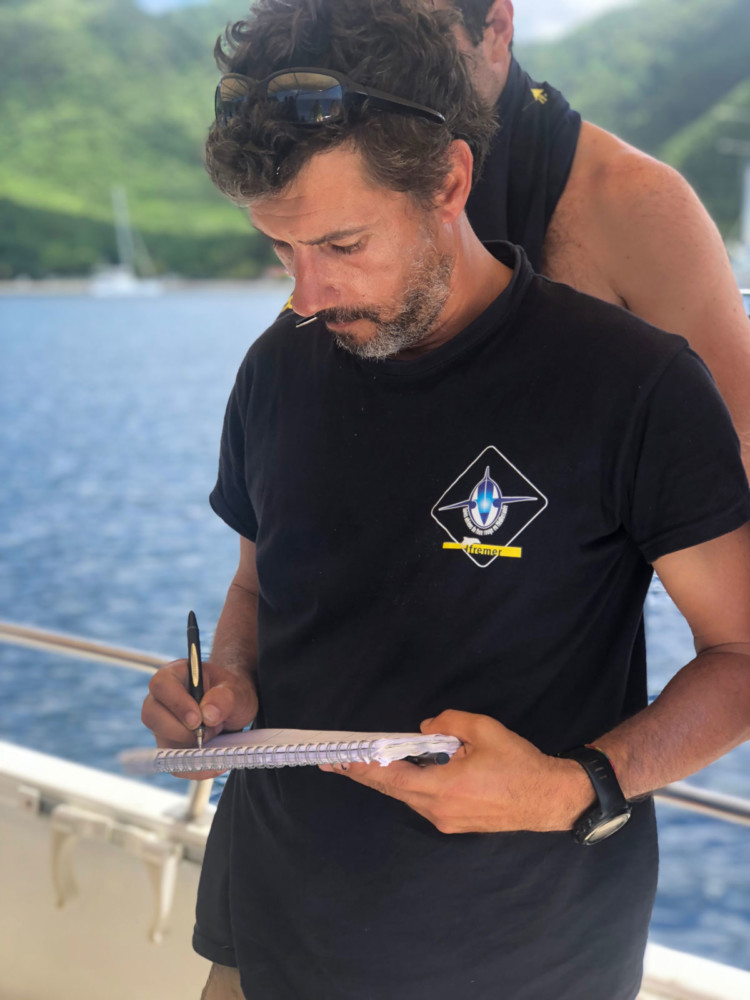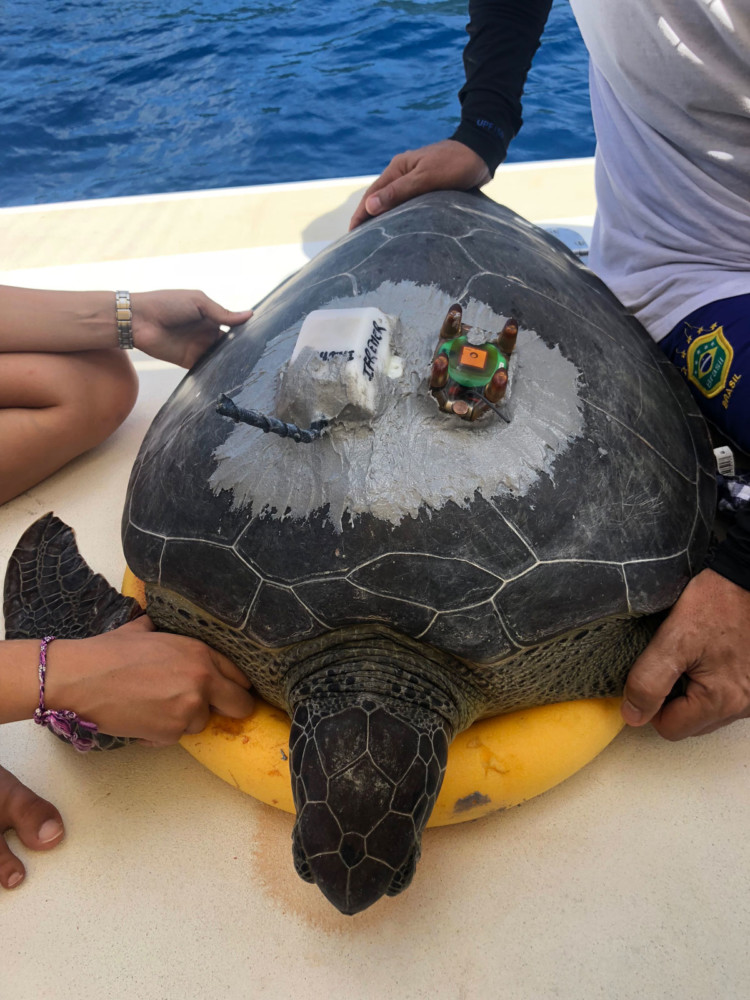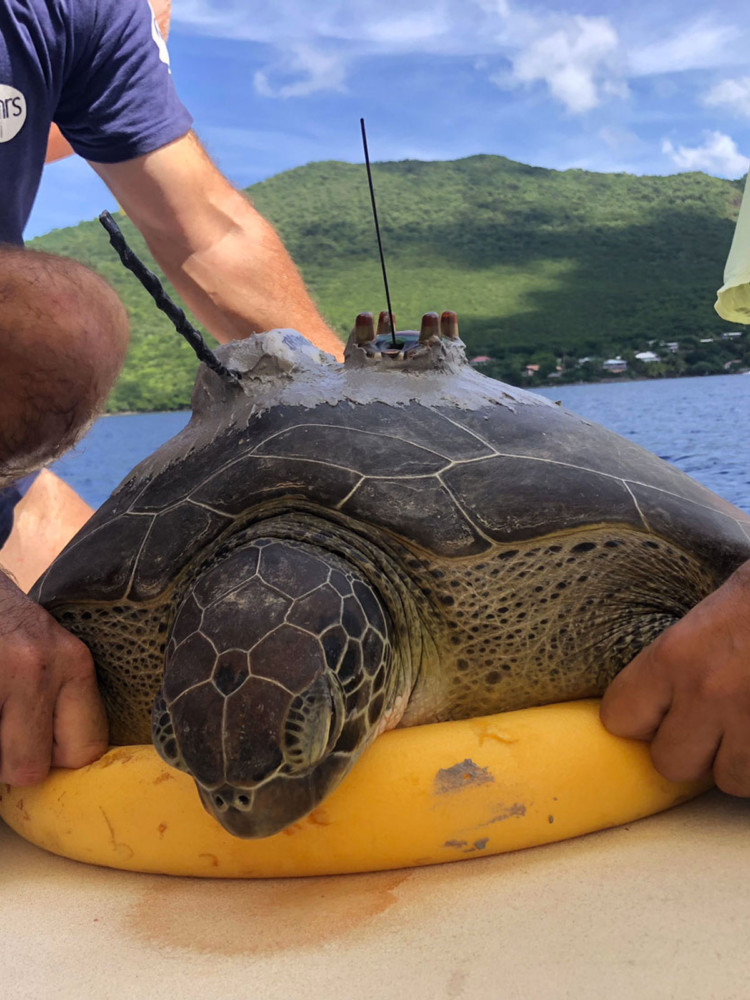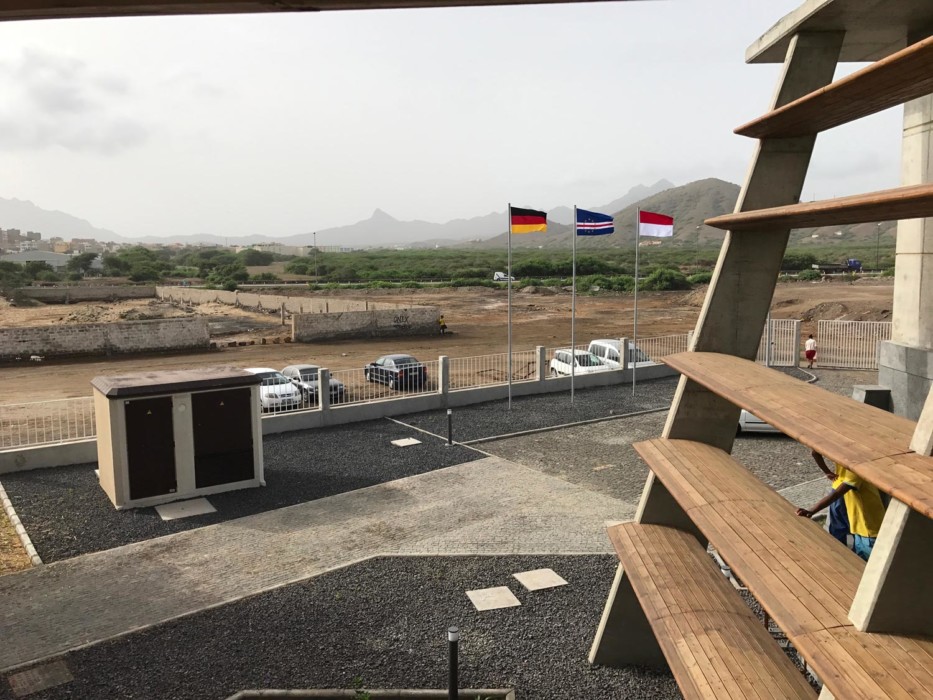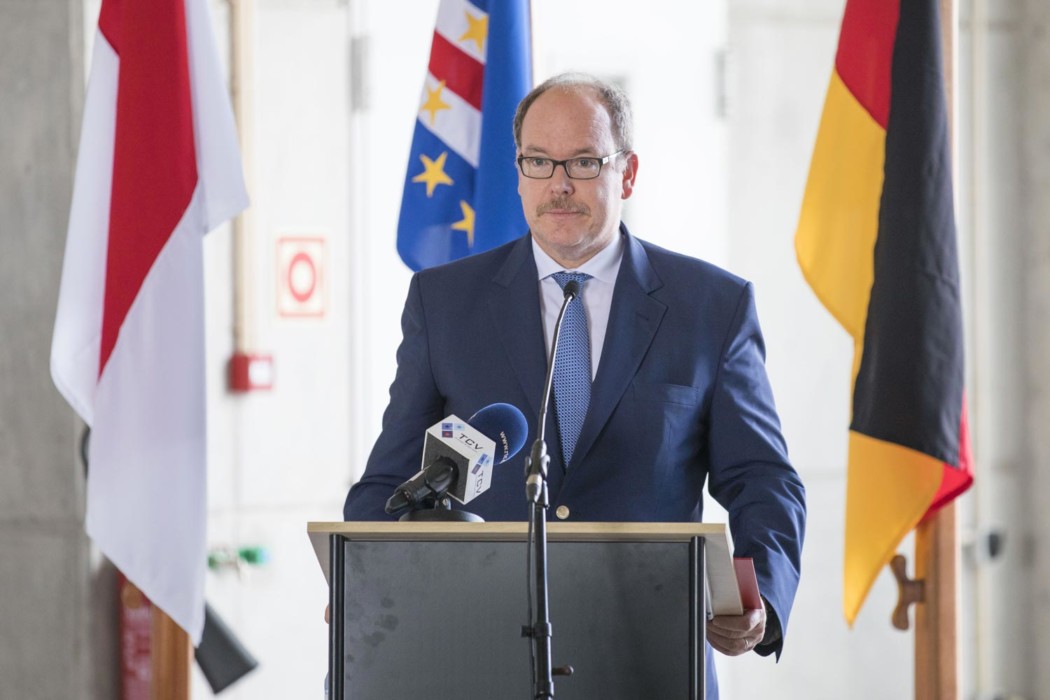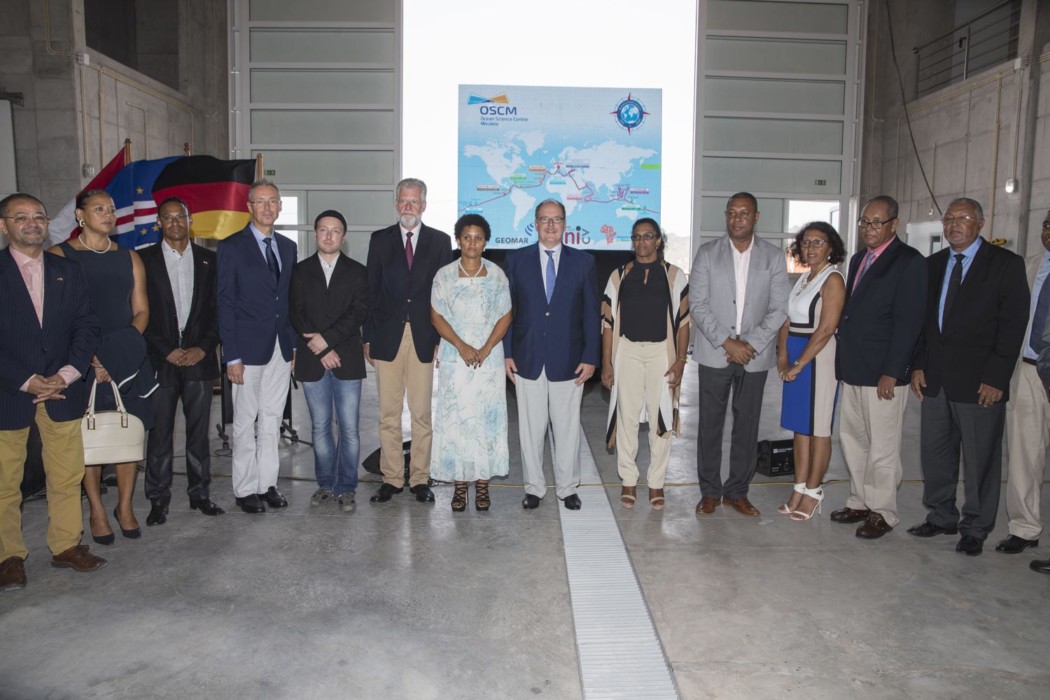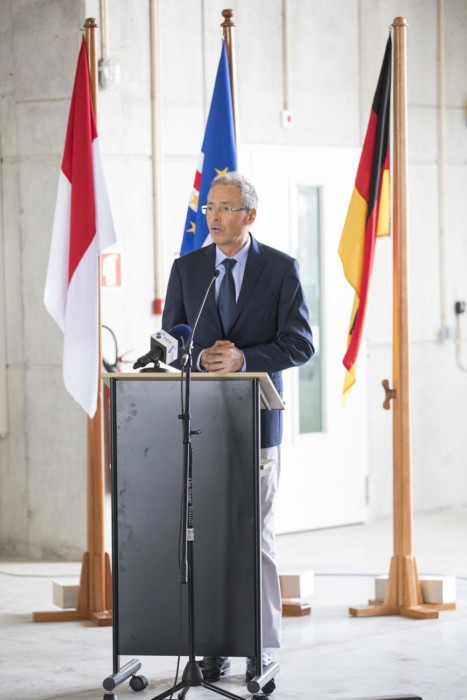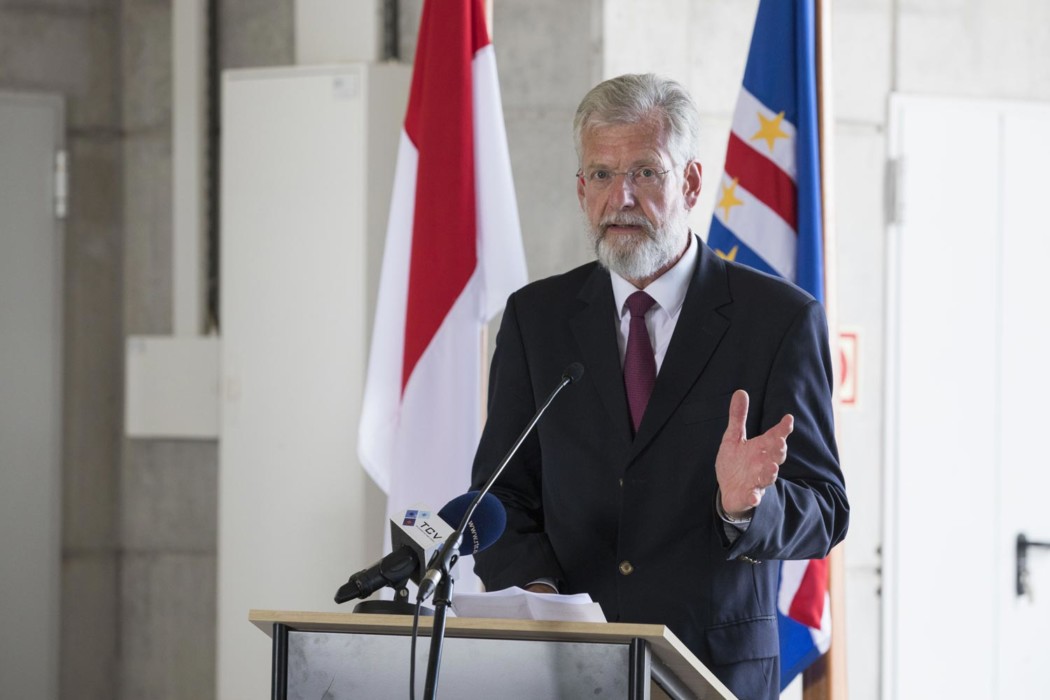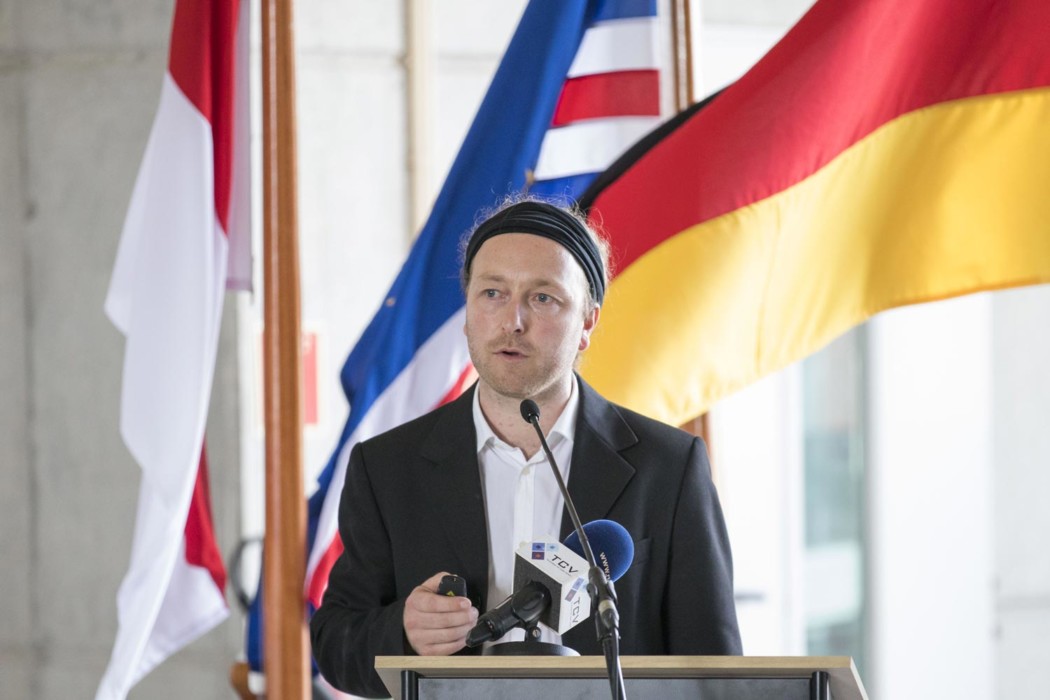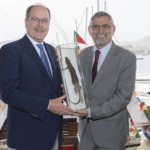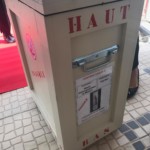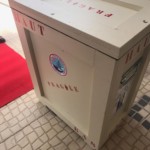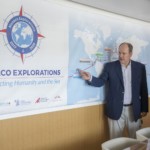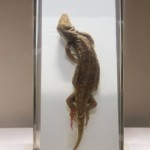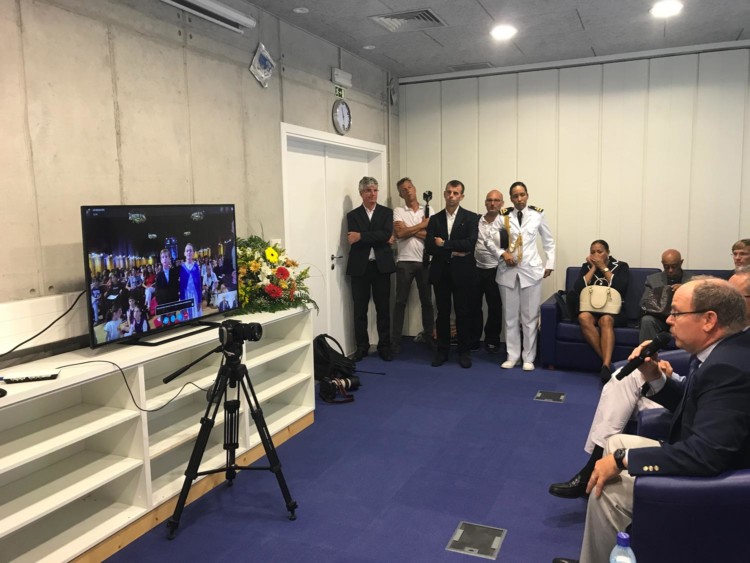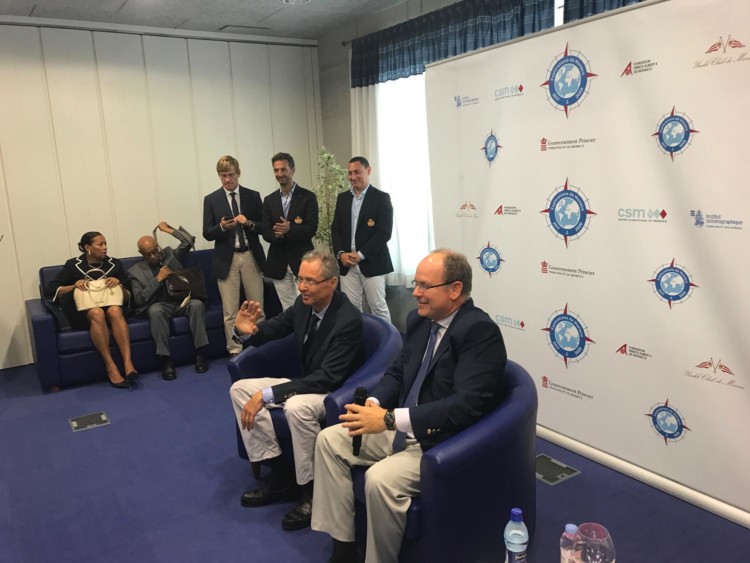While on mission in Martinique, the divers saw a turtle that was suffering from a fishing hook stuck in her mouth. They have been able to capture her and bring her on board so that Damien Chevallier from CNRS and Philippe Brousse from Monaco Explorations could remove the hook.
[vc_row][vc_column][vc_single_image image=”28288″ img_size=”full” alignment=”center” onclick=”img_link_large”][gem_button position=”center” size=”medium” corner=”3″ icon_pack=”elegant” text=”View post on France-Antilles” link=”url:http%3A%2F%2Fwww.martinique.franceantilles.fr%2Fregions%2Fcentre%2Fdes-ecoliers-au-coeur-d-une-mission-scientifique-491886.php||target:%20_blank|”][/vc_column][/vc_row]
[vc_row][vc_column][vc_column_text]
Coverage starts at 20:50.
[/vc_column_text][gem_youtube video_id=”hrGdsdmxmDI”][/vc_column][/vc_row]
[vc_row][vc_column][vc_column_text]
The coverage of Monaco Explorations in Martinique.
[/vc_column_text][vc_single_image image=”28277″ img_size=”large”][vc_column_text]
Photo©LGB/RCI Martinique
[/vc_column_text][gem_button position=”center” corner=”3″ icon_pack=”elegant” text=”View on France Info” link=”url:https%3A%2F%2Fla1ere.francetvinfo.fr%2Fmartinique%2Femissions%2Fsoir-1ere||target:%20_blank|”][/vc_column][/vc_row]
[vc_row][vc_column][vc_single_image image=”28257″ img_size=”medium” alignment=”center”][vc_column_text]
Photo©LGB/RCI Martinique
[/vc_column_text][gem_button position=”center” corner=”3″ icon_pack=”elegant” text=”Read on RCI” link=”url:https%3A%2F%2Fwww.rci.fm%2Finfos%2Finformations-pratiques%2Fun-sac-dos-high-tech-pour-les-tortues-marines||target:%20_blank|”][/vc_column][/vc_row]
[vc_row][vc_column][vc_single_image image=”28252″ img_size=”large” alignment=”center”][gem_button position=”center” corner=”3″ icon_pack=”elegant” text=”Read on Monaco Life” link=”url:http%3A%2F%2Fwww.monacolife.net%2Fmonaco-life-chats-exclusively-to-prince-albert-at-mys%2F||target:%20_blank|”][/vc_column][/vc_row]
While on mission in Martinique, the divers saw a turtle that was suffering from a fishing hook stuck in her mouth. They we able to capture her and bring her on board so that Damien Chevallier from CNRS and Philippe Brousse from Monaco Explorations could remove the hook.
IFREMER is “a French institute that undertakes research and expert assessments to advance knowledge on the oceans and their resources, monitor the marine environment and foster the sustainable development of maritime activities.”
Jerome Bourjea and Sylvain Bonhomeau, Research Biologists, and Pierre Gogendeau, Electonics Engineer, from Ifremer are here in Martinique testing technology on sea turtle tags.
Since the 1990s, the development of tags that record position has enabled scientists to better determine feeding and reproduction areas for marine species. Understanding these areas and habits is critical for conservation and management efforts. All sea turtle species are on the list of endangered species by the International Union for Conservation of Nature (IUCN) and for this reason specifically, a better understanding of their habitats and behaviors is critical. The current options for sea turtle tags are very expensive (around $4,000 per unit) and this means that the number of turtles that can be tracked is limited, which equals limited information and data.
Ifremer is on this mission in Martinique to test the LoRa technology, which is a wireless radio frequency technology, a long range, low power wireless platform that is used for ‘Internet of Things’ applications. Using tags with this technology equals about 1/8th of the cost of the current tags, which use very expensive and less detailed satellite technology. In testing the new LoRa technology, the Ifremer team sets antennas around the bay, and works on algorithms that allow the new tags to transmit to the antennas. The biggest challenge is to develop a tag that is long lasting and will not be damaged by the water.
On this mission, the team planned to deploy tags three days after arriving in Martinique. However, due to coding errors and bad weather, the first tag was deployed on day eight. Ifremer is working with CNRS because the CNRS team has the expertise of the local area and of capturing the turtles for tagging.
While here in Martinique, Ifremer was able to deploy three tags. One of these tags failed due to a coding error on the depth sensor, and the other two tags transmitted and produced very favorable results. Two turtles were equipped with both the current and the test tag for purposes of comparison, and one turtle was equipped with the new tag, which was attached to the 24-hour camera device that CNRS uses to gather information about the turtles. Attaching the tag to the self-releasing camera is ideal in this testing phase because it allows the researchers to retrieve the tag.
To read more from Ifremer Research Biologist Sylvain Bonhomeau on the topic of tag development and their use in the study of Green Sea Turtles, visit this document.
Photo credits: Liz Factor and Philippe Brousse
[vc_row][vc_column][gem_youtube video_id=”RjZpZqXHvk8″][/vc_column][/vc_row]
During Prince Albert’s visit in Cabo Verde we christened the new GEOMAR Ocean Science Center Mindelo, Skyped with 300 schoolchildren in Monaco, visited the island of Branco to pick up Raquel and Aurélien and hear about their work looking for evidence of the giant skink, learned about the GEOMAR wave glider that is aboard the Yersin, and visited a sea turtle hatchery on the beaches of Boa Vista.
GEOMAR Ocean Science Center Mindelo
The GEOMAR Helmholtz Center for Ocean Research Kiel and the National Cabo Verdean Fisheries Research Institute INDP generously hosted an event to welcome HSH Prince Albert II to Cabo Verde with a first opening of their Ocean Science Center Mindelo (officially opening in late 2017).
The event was attended by nearly 200 people who heard speeches from:
- HSH Prince Albert II of Monaco
- Robert Calcagno, Director of the Oceanographic Museum of Monaco
- Carlos Évora, Director Nacional de Economia Marítima of the Republic of Cabo Verde
- Dr. Astrigilda Silveira, Vice-Rector of Universidade de Cabo Verde
- Dr. Osvaldina Silva, President of the Instituto Nacional de Desenvolvimento das Pescas (National Institute for Fisheries Development)
- Dr. Peter Herzig, Director of GEOMAR
- Dr. Björn Fiedler, Chief Scientist at GEOMAR
Read more about the creation of the Ocean Science Center Mindelo here event here, and watch the live broadcast on the GEOMAR Facebook Page.
Scinque Géant Returned to Cabo Verde
HSH Prince Albert II (with help from our partners at the Oceanographic Museum of Monaco and Head of Missions Robert Calcagno) returned to Cabo Verde for research purposes one of the giant skink specimens collected in the early 1900’s by Prince Albert 1st, which has been housed at the museum.
President of Cabo Verde, Jorge Carlos Fonseca, hosted Prince Albert II for this symbolic ceremony of collaboration between Monaco and Cabo Verde.
[vc_row][vc_column][gem_video video_src=”https://www.monacoexplorations.org/videos/TraditionalDance.m4v” image_src=”27327″][vc_column_text]
HSH Prince Albert II and Robert Calcagno Skype with 300 Schoolchildren in Monaco
Educating and involving youth in Monaco Explorations is one of the main goals of this campaign. There is no better place to start than at home. We were happy to facilitate a “virtual field trip” to Cabo Verde’s Ocean Science Center Mindelo via Skype for more than 300 schoolchildren at the Oceanographic Museum of Monaco. The children prepared questions for HSH Prince Albert II and Museum Director, Robert Calcagno.
You can watch the Skype session from the Museum’s Facebook Page.
Questions from the kids:
- Is your family with you on the boat?
- Do you miss them?
- When are you going to come back to Monaco?
- The monk seals could disappear. How are you going to save them?
- What can we do to help save the oceans?
- The expedition is 3 years! Will the crew on the boat be able to see their families?
[/vc_column_text][/vc_column][vc_column][/vc_column][vc_column][/vc_column][vc_column][/vc_column][/vc_row]
